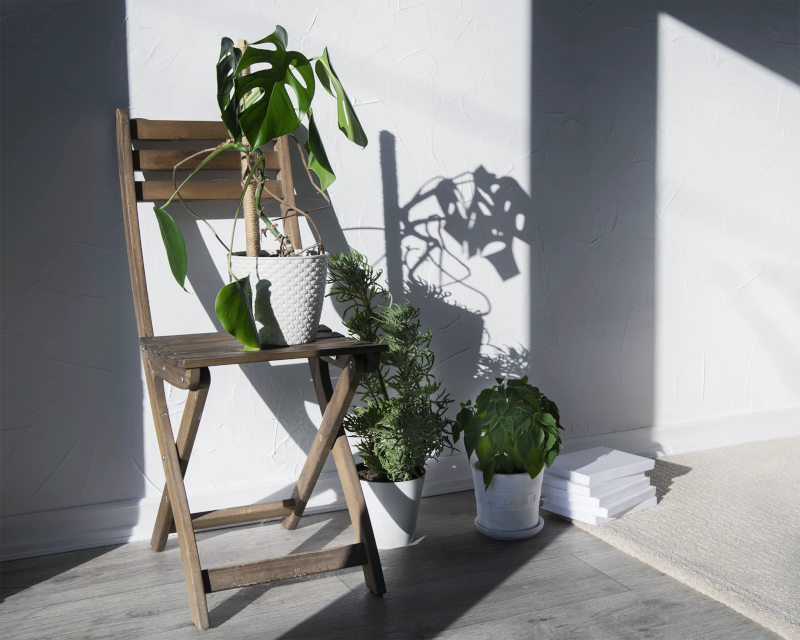From Dull to Dazzling: Your All-in-1 Plant Lighting Guide
- by Leah Hiller
-

It's easy to get caught up in ensuring our plants are well-watered and nourished, but let’s not forget the crucial role that proper lighting plays in their well-being. In fact, getting the lighting right can mean the difference between a thriving indoor garden and just getting by (or worse!). So, let's delve into the magical world of plant lighting and discover the secret to a flourishing indoor garden.
Sunlight vs Grow Lights for Plants: Which is Better?
Plants can receive two types of light – natural sunlight and artificial light – both with their own unique benefits and drawbacks when it comes to growing plants.
The benefits of sunlight for plants:
- It’s natural – as the natural light source for plants, they are able to grow and thrive as they would in nature
- It’s free – unlike grow lights, sunlight is cost and maintenance free
- Its spectrum – sunlight provides a full spectrum of light, which is important for healthy plant growth
The benefits of grow lights for indoor plants:
- They give you control – unlike sunlight, grow lights provide a consistent and controllable light source, so you can adjust the intensity and duration to meet the specific needs of your plants
- They are versatile – grow lights can be used to grow plants in locations where natural sunlight is not available, such as indoor spaces
- Their spectrum – some grow lights provide a full spectrum of light, which is important for healthy plant growth (just like Plantee! – check out the advantages of Plantee’s full spectrum lighting here)
Light Intensity: How Much is Too Much or Too Little Light?
Now that you’ve chosen the right light source for you and your plant, the next question is just how much of that light does it need?
Light intensity refers to the amount of light that reaches a plant, and different species have different intensity preferences. Too much light can cause yellowing leaves and stunted growth, much like when we’re tired from being in the sun all day. Conversely, too little light can result in elongated, weak stems and slow growth as they “reach” toward the light. A correctly lit plant will have darker green leaves and a stronger stem and branches.
By noting these characteristics, you can move your plants closer to or farther from a natural light source (or adjust their grow lights) to find their sweet spot.
You’re still not sure if your plants are happy with their lighting conditions? Take a page out of Plantee’s book and try a light meter!
Light Duration: Why Not Leave the Lights on All Day?
The final member of the plant lighting trifecta is light duration.
Light duration for plants refers to the amount of time that plants are exposed to light in a 24-hour period. The optimal duration can vary depending on the stage of growth and the type of plant. Plants often prefer different light durations when growing foliage or flowering.
While it's true that a longer light duration can make up for weaker light, plants still need a “night” to grow their best. It's generally recommended to limit light exposure to no more than 16 hours per day to give your plants their necessary beauty sleep.

Still in Doubt? Use a Smart Indoor Greenhouse!
Proper plant lighting is essential for the health and happiness of your indoor garden. By understanding the different types of light and balancing the intensity and duration, you can help your plants thrive.
But don't worry if this all seems overwhelming - that's where Plantee comes in! With our smart indoor greenhouse’s full-spectrum lighting and user-friendly controls, you can easily regulate the light for your plants and ensure they're getting exactly what they need to grow strong and healthy. Start growing happy plants with your very own Plantee now!





